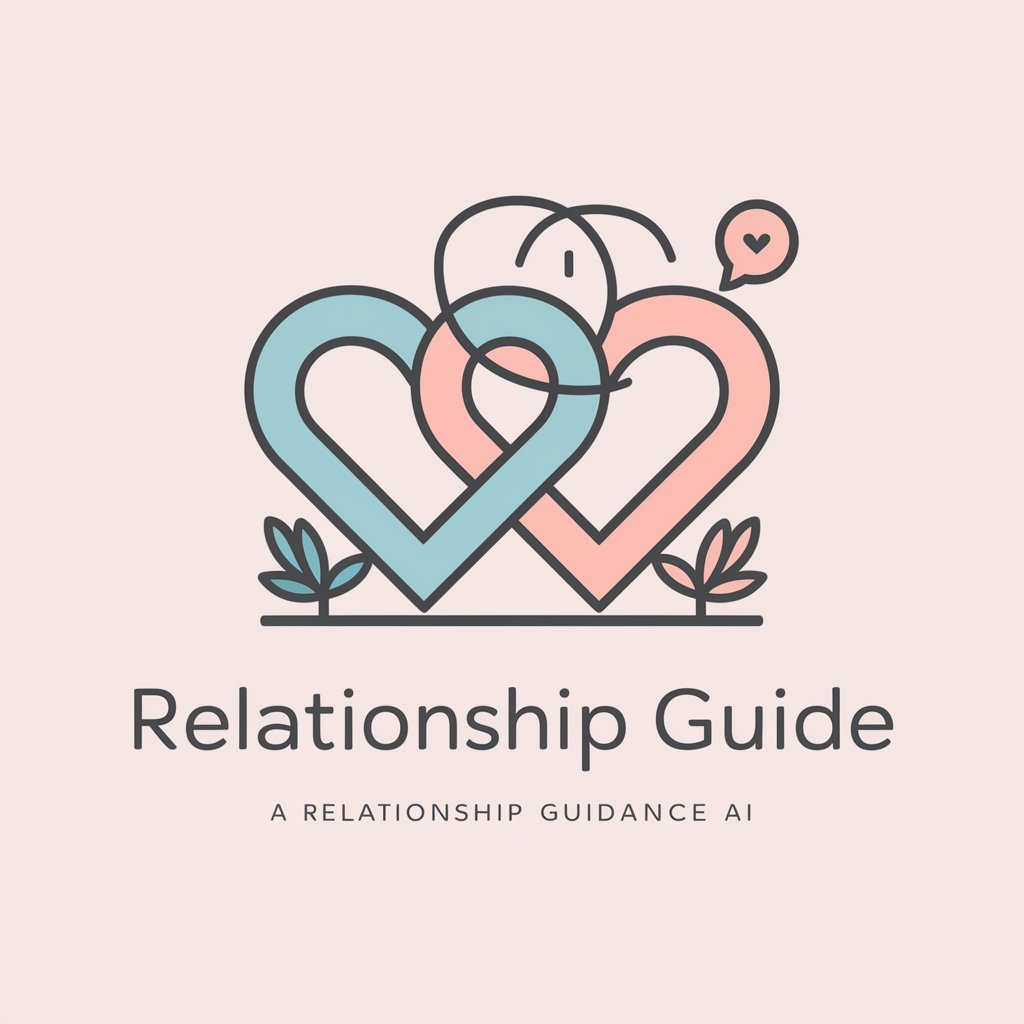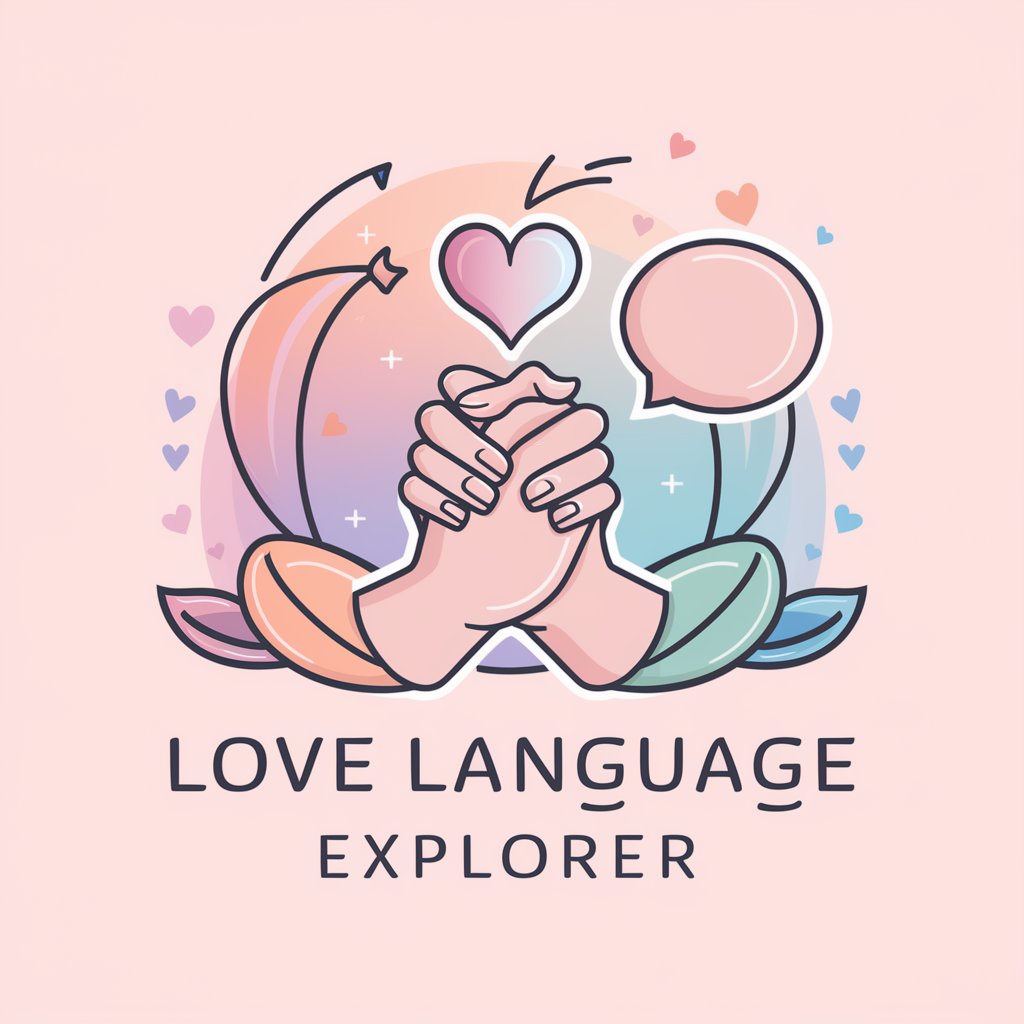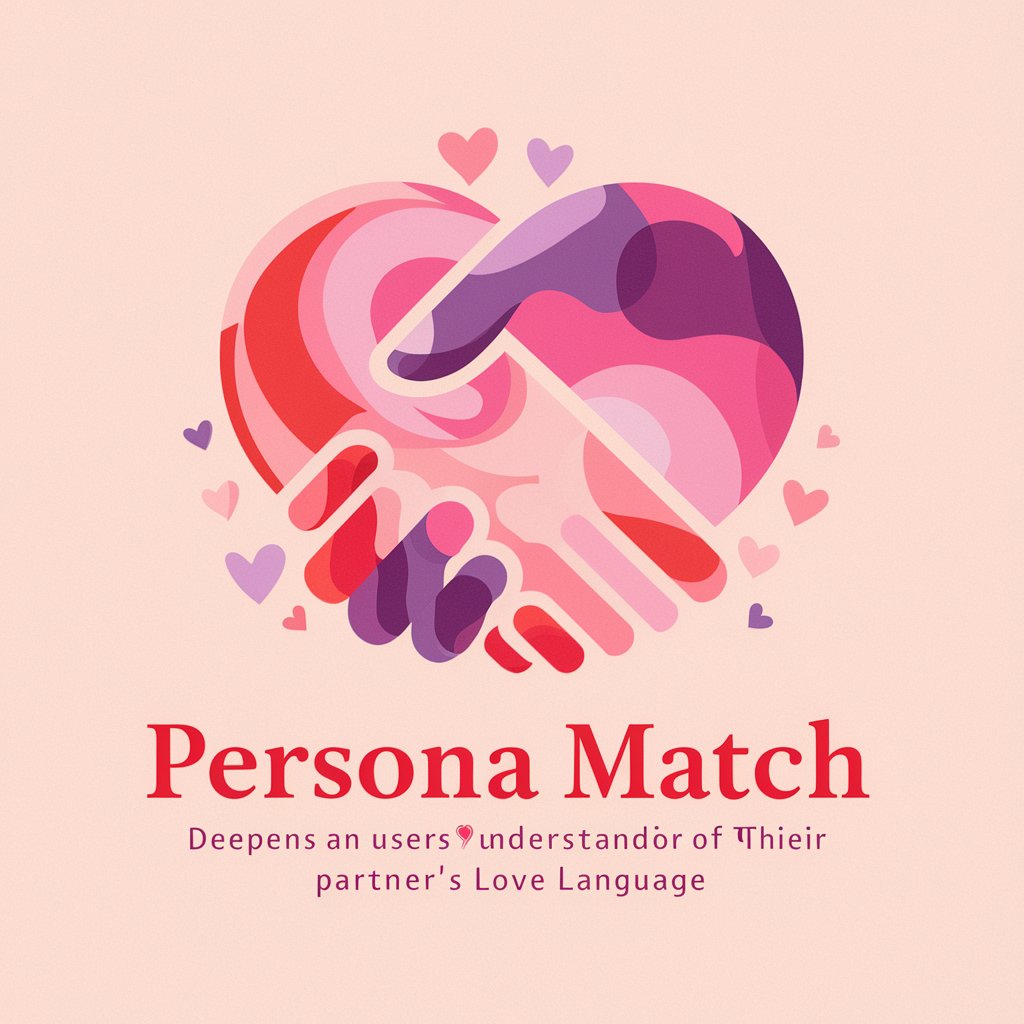
Love Language - Love Language Insights

Welcome! Let's explore the wonderful world of love languages together.
Empowering Relationships with AI
Can you explain the different types of love languages?
How can understanding love languages improve my relationship?
What are some examples of acts of service in love languages?
Why is it important to know your partner's love language?
Get Embed Code
Understanding Love Language
The concept of Love Language refers to the categorization of different ways people express and experience love, originally proposed by Gary Chapman in his 1992 book 'The 5 Love Languages.' Each 'language' describes a primary way of expressing love, including Words of Affirmation, Quality Time, Receiving Gifts, Acts of Service, and Physical Touch. These languages help individuals and couples understand and communicate their expressions of love more effectively. For example, someone who values Words of Affirmation might feel especially loved when their partner offers verbal compliments or encouraging words, whereas another who appreciates Acts of Service might find joy when their partner helps with tasks or responsibilities unasked. Powered by ChatGPT-4o。

Core Functions of Love Language Insights
Educational Guidance
Example
Providing detailed explanations on each love language to help individuals identify their own primary love language.
Scenario
A person struggling to communicate their needs in a relationship can use the information to express how they prefer to receive love, leading to improved mutual understanding.
Relationship Enhancement
Example
Offering strategies to apply love languages in daily interactions, thereby enhancing relationship dynamics.
Scenario
A couple learns that one partner values Quality Time while the other values Physical Touch. They begin to intentionally plan activities together and incorporate more physical affection into their routine, which strengthens their bond.
Conflict Resolution
Example
Helping individuals and couples understand misunderstandings related to different love expressions.
Scenario
Two partners frequently argue over the lack of gift-giving on special occasions. Understanding that Receiving Gifts is a primary love language for one of them can shift the other’s perspective and lead to more thoughtful gift exchanges.
Target Audience for Love Language Insights
Individuals in Relationships
Couples or individuals seeking to improve their interpersonal dynamics by better understanding and communicating their emotional needs effectively through their preferred love languages.
Therapists and Counselors
Professionals who can use the framework of love languages to assist clients in exploring their emotional expressions and enhancing relationship counseling sessions.
Educators and Trainers
Those who work in personal development or relationship education can integrate love language concepts into workshops, seminars, and training programs to foster deeper emotional intelligence and relational skills among participants.

How to Use Love Language
Begin a Trial
Start by visiting yeschat.ai to initiate a free trial without the need for logging in or subscribing to ChatGPT Plus.
Identify Your Love Language
Learn about the five love languages—Words of Affirmation, Acts of Service, Receiving Gifts, Quality Time, and Physical Touch—and identify which resonates most with you or the person you are evaluating.
Apply the Knowledge
Use your understanding of love languages to improve communication and strengthen relationships by tailoring your interactions based on the identified love languages.
Monitor Responses
Observe how the application of love languages affects your relationships. Adjust your approach based on the feedback and reactions you receive to optimize communication and connection.
Seek Feedback
Actively seek feedback on your use of love languages from those you interact with to ensure that your actions are effectively meeting their emotional needs.
Try other advanced and practical GPTs
Game - Alex and the Bone Carvers
Embark on a magical quest powered by AI

Concentratissimo: il romanista bipolare
Unleash your passion, Roma awaits!
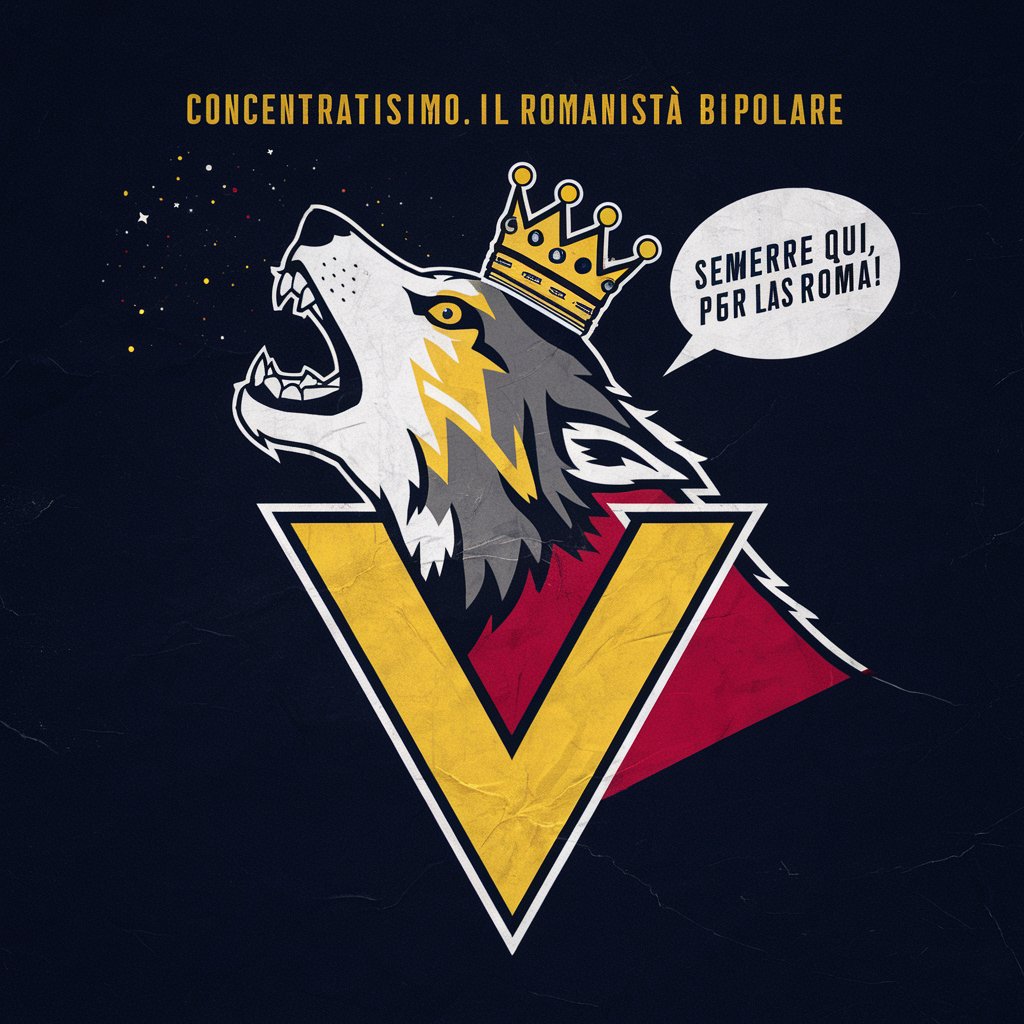
Debate Club
Refine Your Arguments with AI

Cyber Safety Caveman
Simplify Cyber Safety with AI

Defeat PUA in Workplace
Combat Workplace Manipulation with AI

Demon Lord Crisis
Shape Your Fantasy, Command Your Destiny

Love horoscopes
Navigate Your Love Life with AI

Love Tarot
Discover Your Heart's Path with AI
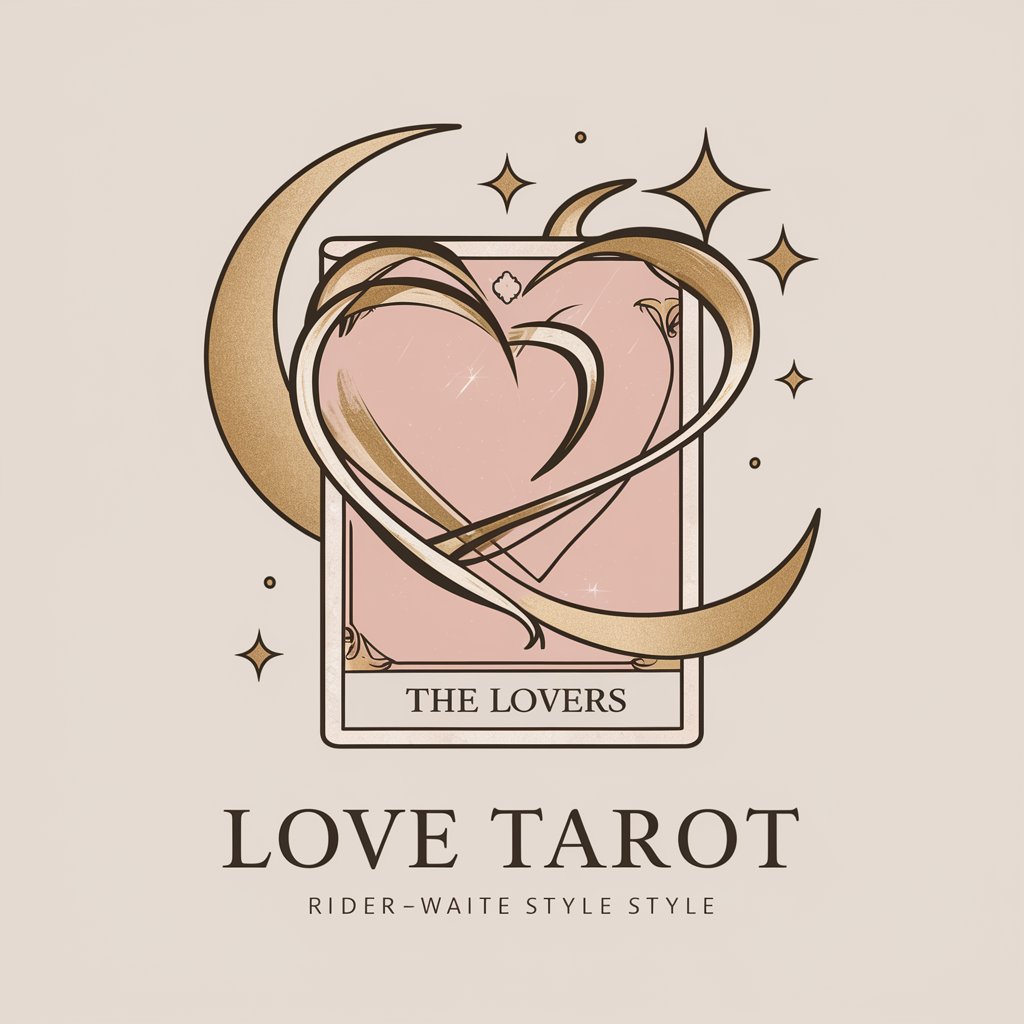
Cyrano Love
Craft Your Love, Powered by AI

Love Muse
Crafting Personalized Poetic Love

Love Coach 💕
AI-Powered Romantic Guidance

Love Lily
Revolutionizing Romance with AI

Frequently Asked Questions about Love Language
What are the five love languages?
The five love languages are Words of Affirmation, Acts of Service, Receiving Gifts, Quality Time, and Physical Touch. Each language represents a different way of expressing and receiving love.
How can knowing someone's love language improve relationships?
Understanding and using a person's love language can lead to deeper emotional connections by ensuring that love is expressed in a way that is most meaningful and fulfilling to them.
Can a person have more than one love language?
Yes, while most people have a primary love language, it is common to appreciate and respond to multiple languages, which might vary in importance depending on the situation or over time.
How can I discover my own love language?
You can discover your love language through self-reflection, observing how you prefer to receive love, or by taking quizzes designed to identify your primary love language.
Is it beneficial for professional settings to understand love languages?
Yes, understanding love languages can enhance workplace relationships and teamwork by improving how appreciation and support are expressed, tailored to the individual emotional preferences of team members.
